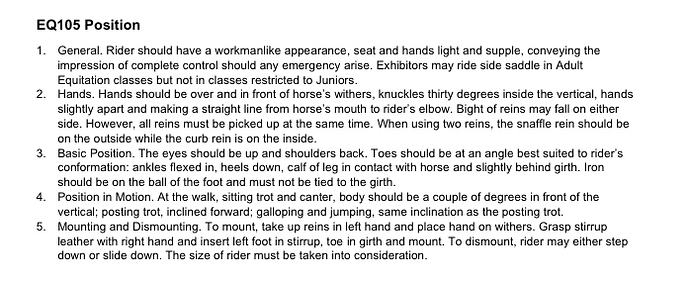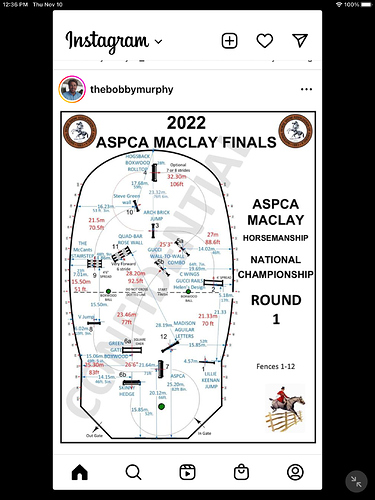I read this, and didn’t think it came off the way the author intended.
Augusta is a freakishly talented and amazing rider, with parents in the industry, who has been well-mounted from day one (her mother and trainer’s words, not mine).
The idea that she could be considered an underdog based her being a short rider of Asian-American heritage is frankly embarrassing for the sport.
(Let me be clear - I’m not doubting anything she says or that she faced prejudice, just commenting on how it reflects on the equitation division that someone who rides as amazingly as her was being told she couldn’t do the equitation is incredibly telling.)




